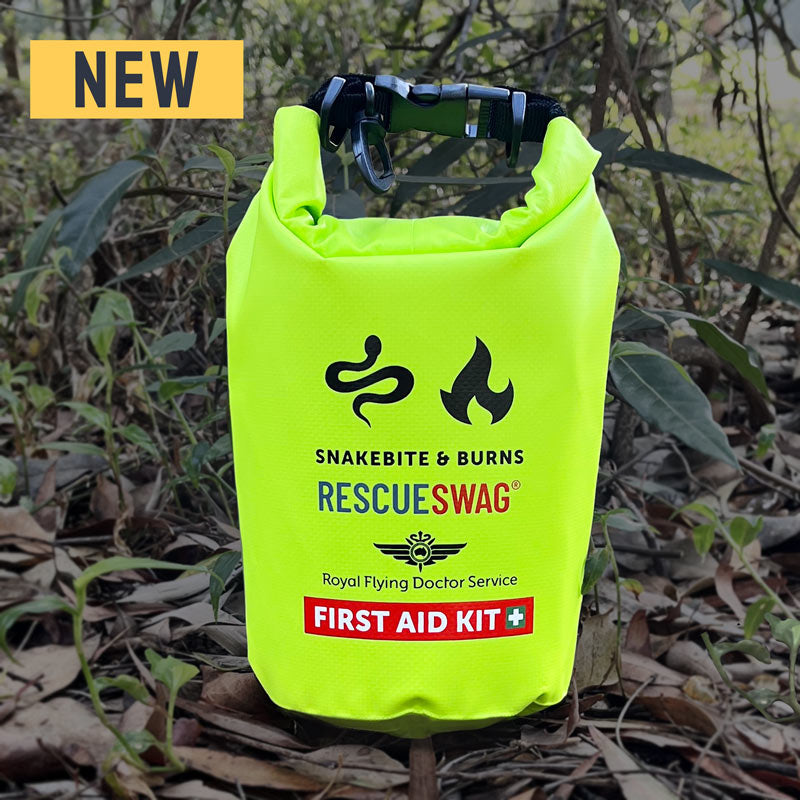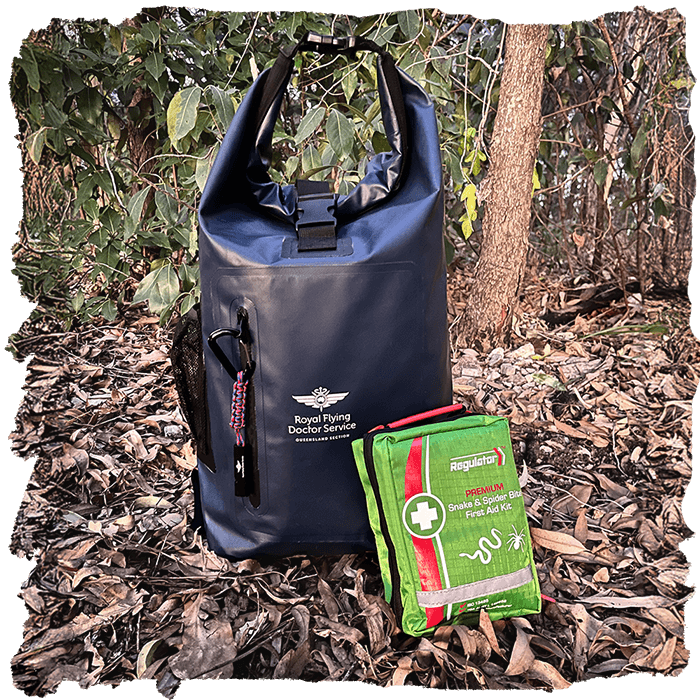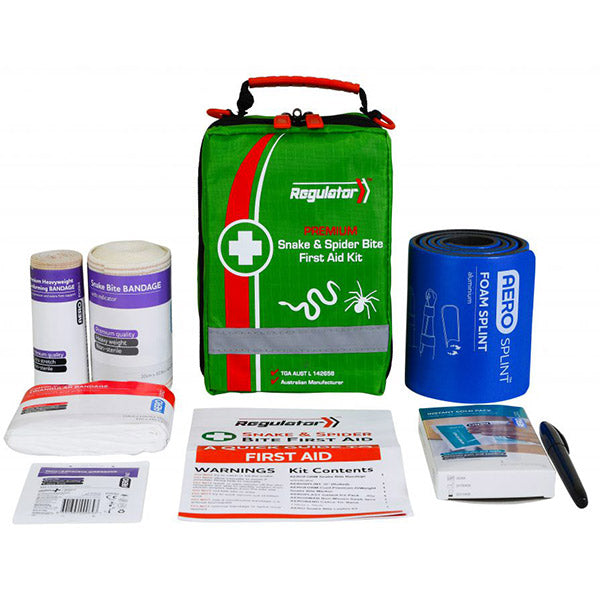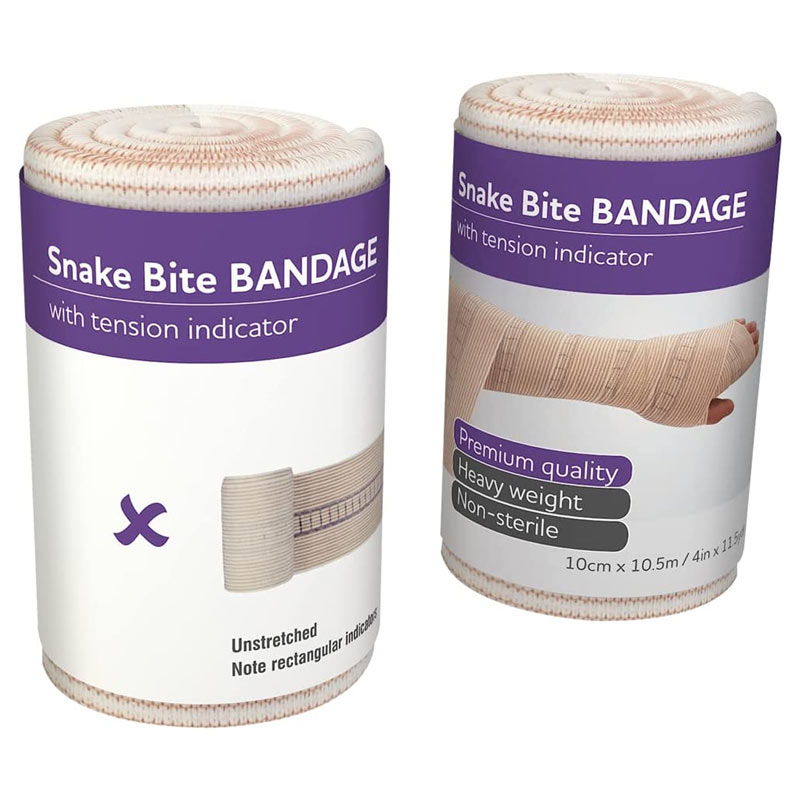
Rescue Diaries
Snake Wrangler to the Rescue

Rescue Diaries
Snake Wrangler to the Rescue
FIRST AID INSTRUCTIONS
How to treat a snake bite
Australia is home to some of the world’s most venomous snakes, so knowing how to properly treat a snake bite could save a life. In the event of a snake bite, follow these six steps carefully and stay calm.
DOWNLOAD INSTRUCTIONS FOR PRINT1. Call for help
Immediately dial 000 to call for an ambulance. If you're in a remote area, use any emergency communication device available.
2. Stay calm and keep the patient still
Reassure the patient to stay calm. Stress and movement can speed up the spread of venom. Immobilise the patient as much as possible and avoid moving the affected limb
Do NOT:
- Wash the bite area (the venom on the skin may assist in identifying the snake).
- Suck or cut the bite.
- Apply a tourniquet.
3. Use a snake bite indicator bandage for correct compression
To slow venom spread, apply a pressure immobilisation technique using a snake bite indicator bandage. Snake bite indicator bandages have printed indicators (such as rectangles or ovals) that stretch into a square when the correct compression is applied.
Why use snake bite indicator bandages?
These bandages are specifically designed for Australian conditions and snakebite treatment.
Their visual indicators guide you in achieving the correct level of compression, which is critical for slowing venom movement without causing additional harm.
A. Start wrapping at the bite site.
- Place the bandage directly over the bite area.
- Begin wrapping firmly but not so tightly that it cuts off circulation.
B. Wrap along the entire limb.
- Continue wrapping upwards, covering as much of the limb as possible.
- The bandage should extend past the bite site to include the entire limb.
- Use multiple bandages if required to get full limb coverage.
C. Wrap along the entire limb.
- Ensure the bandage tension is consistent throughout.
4. Immobilise the limb
You can immobilise the limb by using a splint or stick to keep the limb completely still. Secure the limb to the splint with additional bandages, but don’t adjust the compression bandage once it’s in place.
5. Monitor the patient
It’s very important to keep the patient lying flat and still while waiting for emergency responders. Write down the time of the bite and when the bandage was applied.
While monitoring the patient, record any changes in symptoms until medical aid arrives. Check for signs of shock, such as pale or clammy skin, shallow breathing, or confusion, and manage as appropriate.






